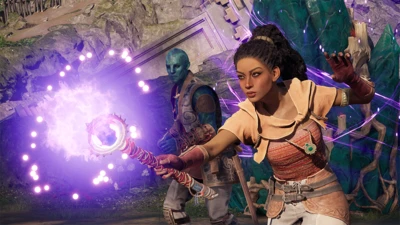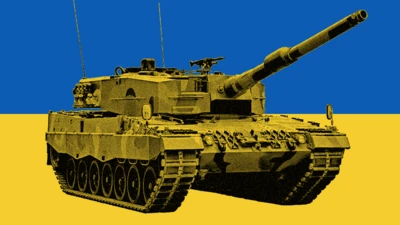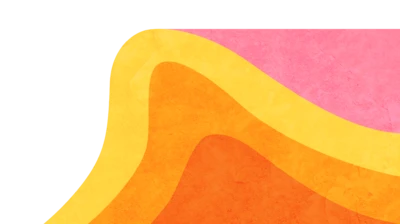We've updated our Privacy and Cookies Policy
We've made some important changes to our Privacy and Cookies Policy and we want you to know what this means for you and your data.
Picture captures a billion stars
- Author, Jonathan Amos
- Role, Science correspondent, łÉČËżěĘÖ News, Manchester
Scientists have produced a colossal picture of our Milky Way Galaxy, to reveal the detail of a billion stars.
It is built from thousands of individual images acquired by two UK-developed telescopes operating in Hawaii and in Chile.
Archived data from the project, known as the Vista Data Flow System, will be mined by astronomers to make new discoveries about the local cosmos.
But more simply, it represents a fabulous portrait of the night sky.
"There are about one billion stars in there - this is more than has been in any other image produced by surveys," said Dr Nick Cross from the University of Edinburgh.
"When it was first produced, I played with it for hours; it's just stunning," he told łÉČËżěĘÖ News.
Dr Cross has been presenting the new work to thehere in Manchester.
The image concentrates on the dense plane of the galaxy, which means it renders as a very long, very thin strip.
That makes it is virtually impossible to show in a meaningful way on this page.
Dr Cross and colleagues have though produced an. Even then, these smaller fragments of sky will contain thousands of stars.
The project has been 10 years in the making. It combines data from the UKIDSS/GPS sky survey acquired by the UK Infrared Telescope in Hawaii with the VVV survey data acquired by the Vista telescope in Chile.
These astronomical facilities view the sky at infrared wavelengths, enabling them to see past the dust in the Milky Way that would ordinarily obscure observations made at optical, or visible, wavelengths.
UKIRT is responsible for the right end of the image; Vista produced the left, including the more extensive block of coverage which traces the centre of the galaxy and its surrounding bulge of stars. (Black squares in the image are data gaps that are in the process of being filled).
Researchers at the universities of Edinburgh and Cambridge processed and archived all the data that underpins the big picture, and have made it available to astronomers around the world for future study.
"There are many uses for this picture," said Dr Cross. "It will help us really understand the true nature of our galaxy, to see where everything is.
"Some researchers will use it to find star forming regions; there'll be lots of these along the plane of the galaxy.
"Finding globular clusters will be another use. These are groups of very old stars that formed right at the beginning of the galaxy. We can study their distribution in this image and that tells us something about how the Milky Way started off.
"And it will be particularly useful to study anything that is extended. Here you can look at things on the large scale, to understand how they are related to each other; to look at things that might be across multiple images in a catalogue.
"These are the big objects like clusters, and nebulae - the gas clouds where stars are forming."
Jonathan.Amos-INTERNET@bbc.co.uk and follow me on
Top Stories
More to explore
Most read
Content is not available








